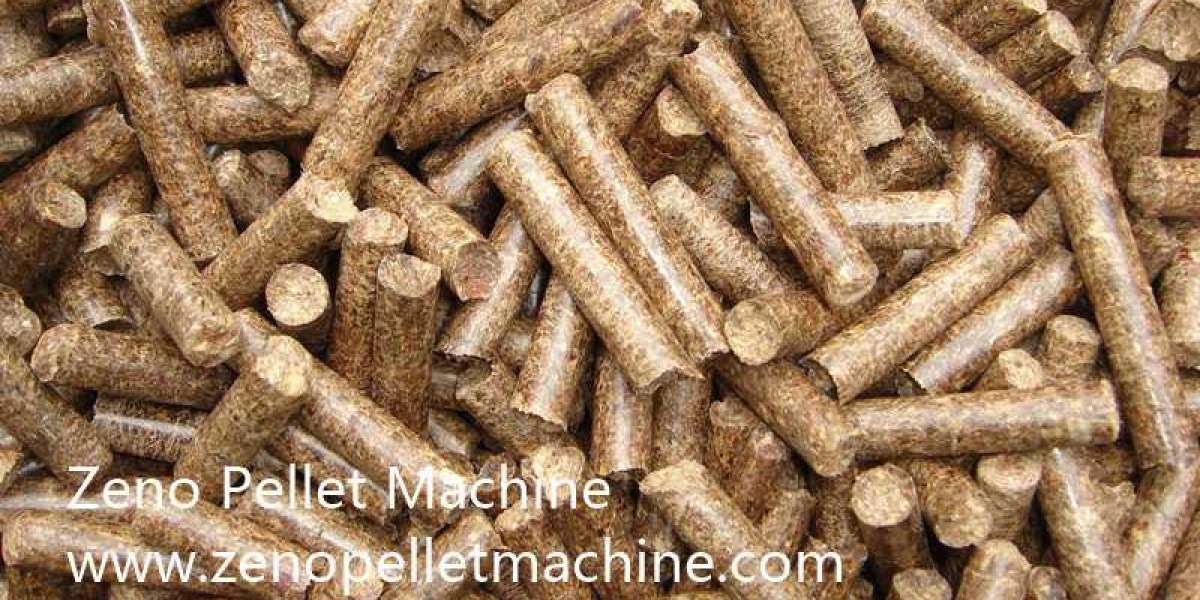Sweden is one of the world’s largest wood pellet fuel producer and consumer. It's wood pellet production technology, industry policy, and market model are prominent. In this passage, I will do comprehensive analysis on Sweden biomass pellet fuel industry, and work out some useful experiences.
Introduction
In the 1970s, many countries have made policies to promote biomass energy as a way to cope with energy crisis and environment pollution. Since then, biomass energy industry and wood pellet plant has developed rapidly, and the technology keep improving.
Due to the lack of mineral resources, Sweden’s economy suffered great loss in last century. To ensure national energy security, Sweden government strive to develop renewable energy.
Biomass pellet fuel has the features of high burning efficiency, low ash content, zero carbon emission, easy transportation, which has been popular in Europe and North America. With abundant forestry resources, Sweden pay much attention to the development of biomass pellet fuel. Sweden takes up 20% of the world’s biomass fuel consumption, which grows up at the speed of 8-10%.
Sweden forestry resources and biomass materials
Sweden has abundant forestry resources. The forest covers 64% of the land area, with 51% owned by individuals, 24% by large wood companies, and 25% by countries and other public organizations. Besides, the forestry grows by 100 million tons annually, and the deforestation amount is 92.4 million tons. The major forestry industries are wood processing, paper processing, and energy wood. The wood materials for making biomass energy mainly come from the 3 industries above, about 23.48 m3.
Raw materials of wood pellets
Of the raw materials for making wood pellets, wood shavings take up 53%, sawdust 35%, and wood chips 5%, others (barks, agriculture residues, energy forestry) takes up 7%. Some small wood pellet machine are built base on chipboard, furniture and sawdust mills.
With more companies engaging in biomass fuel production, the competition on the raw materials become more fierce. As the crop straws in Sweden are in scattered distribution, they are hard to collect and process. So some producers and institutes are developing new materials like peat and energy crops.
Wood pellet manufacturing technology and equipment
The pellet molding technology has matured in Sweden. Nowadays, it has achieved commercial and market production. The production process features high automation, requiring less operators. The picture below displayed the wood pellet production process.
biomass pellet fuel production in Sweden
Drying: usually, the moisture content of sawdust is around 50%. A drum dryer can lower the moisture content to 9-12% so that it is qualified for making pellets.
Crushing: the size of raw materials should be under 5mm. They need a hammer mill to reduce the size.
Conditioning: add high-heat steam to the raw materials and soften the cellulous in it. More than half of the pellet fuel manufacturers have conditioning process in production.
Pellet molding: most wood pellet factories use vertical type ring die pellet machine. The production capacity of one machine is 2-4ton/h. The service life of ring die is 2000-3000h, while the roller can last 1000-1500h.
Cooling: the wood pellets extruded out from the pellet machine are at the temperature of 100 ℃. Pellets under this condition are easy to break and inconvenient for transportation. A counter-flow cooler can cool down the wood pellets in a moderate way.
Packing: the cooled pellets need to be classified and packaged according to customers’ need. Small bags are 16kg, large bags are 900kg. For large customers like power plant, the wood pellets are transported by trucks and ships in bulks.
Biomass pellets classification and application
In 1999, Sweden government published the standard of wood pellet fuel, in which they are classified into 3 classes. The first class has high quality. They can be used in domestic small burners and stoves.The 2nd and 3rd don't have high quality. They are used by large industrial customers.
Currently, 57% of the wood pellet fuels in Sweden can meet this standard. Some of them can meet the EU standard, others are not produced according to this standard.
Wood pellet fuel can be applied in small boilers, medium-scale and large-scale heating supply center and power plant. Currently, Sweden has 60% of wood pellet fuel for small and medium heating boilers and regional heating supply center, and 40% for large heating supply center and co-firing power plant.
From the 1970s to the 1990s, Sweden regional heating plant adopt coal to replace oil. After the enact of CO2 emission tax, these heating plant turn to biomass fuel from coal. In the last decade, the amount of biomass fuel for heating grows from 1.1PJ to 57PJ. Currently, about 400 regional heating plant has adopted wood pellet fuel.



